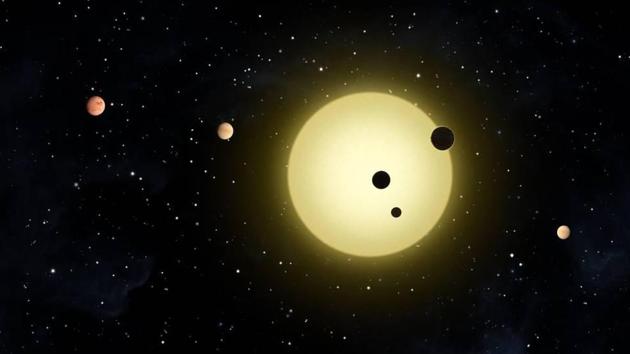Other Earths? NASA spots 20 habitable worlds hiding in plain sight
A list includes several planets that orbit stars like our Sun. Some take a relatively long time to complete a single orbit, with the longest taking 395 Earth days. The fastest orbit is 18 Earth days.
Scientists, using data from NASA’s Kepler telescope, have discovered 20 new potentially habitable exoplanets that may host alien life.

The list includes several planets that orbit stars like our Sun. Some take a relatively long time to complete a single orbit, with the longest taking 395 Earth days. The fastest orbit is 18 Earth days.
The exoplanet with a 395-day year is one of the most promising worlds for life on the list, said Jeff Coughlin, part of NASA’s K2 Mission, the second phase of the planet humnting Kepler Mission.
The planet, called KOI-7923.01, is 97 per cent the size of Earth. It is slightly colder than our planet due to its distance from its star and the fact that the star is slightly cooler than our Sun.
This means it may be a little more like tundra regions on Earth, but is still warm enough to hold liquid water.
The team is 70 to 80 per cent certain that these are solid candidates. They cannot be confirmed yet as more observations are needed, ‘New Scientist’ reported.
Ground-based observatories or the Hubble Space Telescope will have to take more observations over the coming years to double-check, Coughlin said.



